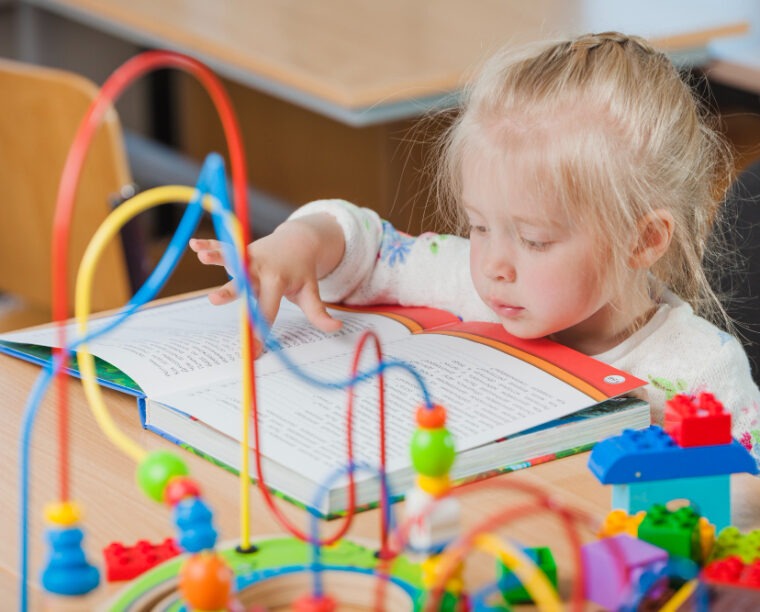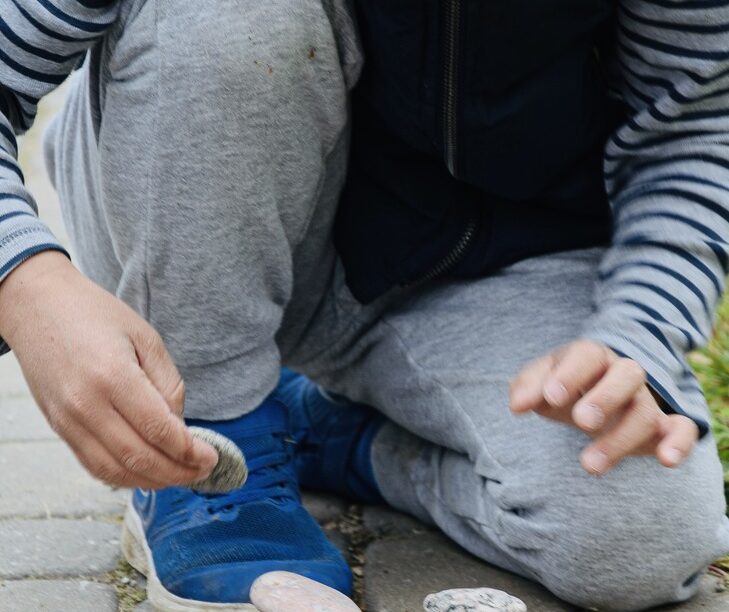
Parents looking for the right kindergarten for their child often ask a very practical, yet sensitive question: how many children are usually in one group? At first glance, the numbers may seem to tell the whole story, but there’s much more behind them: emotional security, the amount of individual attention each child receives, the relationship between teacher and child, and the opportunity to grow at their own pace. These are the factors that often determine whether a child goes to kindergarten with joy or with hesitation.
What do the official standards say?
According to the Lithuanian Hygiene Standard HN 75:2016, the number of children in kindergarten groups is set according to the children’s age and developmental needs. For example, groups with the youngest children (from birth to one year old) may have a maximum of six children; groups with children aged one to two years, up to ten; groups with those aged two to three years, up to fifteen; and for older preschoolers (from three years old until the start of primary education), the standard allows up to twenty children per group.
These figures are designed to ensure that every child receives enough attention for their age and that the learning environment remains calm and balanced — without excessive noise or stress. Still, numbers tell only part of the story.
Why is the size of a kindergarten group important?
The number of children in a group is not just a formal regulation — it reflects the broader educational philosophy. While it’s often assumed that smaller groups are automatically better, in reality the key lies in the quality of relationships and the approach to education. In smaller groups, teachers can devote more individual attention to each child: notice their moods, help them express emotions, listen, encourage, or comfort them. Such close interaction fosters a sense of security and strengthens self-confidence.
However, larger groups also have their strengths. They give children the chance to interact within a broader social circle — to negotiate, wait for their turn, listen to others, and adapt to different personalities. This diversity helps develop empathy, self-regulation, and the ability to form friendships — skills that will serve them throughout life. Ultimately, it’s not the number of children that defines quality, but the culture of education: how teachers guide group dynamics, nurture relationships, and maintain an environment that feels safe and welcoming for everyone.
The Saulės Gojus approach – balancing individuality and community
At Saulės Gojus kindergarten, groups are formed not only based on children’s age, but also on their developmental characteristics and emotional needs. The size of a group is not the decisive factor in a child’s well-being – what matters most is balance: ensuring that each child is seen and supported, while also making sure that they are surrounded by enough peers to learn social skills and make friends.
Here, it’s not about numbers but about relationships – between children, between children and teachers, and between families and the kindergarten. In such an environment, every child can grow at their own pace, feel safe and valued, and at the same time learn to be part of a community. This is the essence of education: when every child has the space to be themselves, yet never feels alone.
It’s not about numbers, it’s about relationships
When choosing a kindergarten, it’s important to remember that group size is only one of many factors. Numbers can tell part of the story, but they don’t reveal what truly matters – the everyday connection between teachers and children. A classroom at Saulės Gojus is not just a list of names, but a living community where every child feels safe, valued, and included – a place where they learn to grow together in friendship and understanding.


